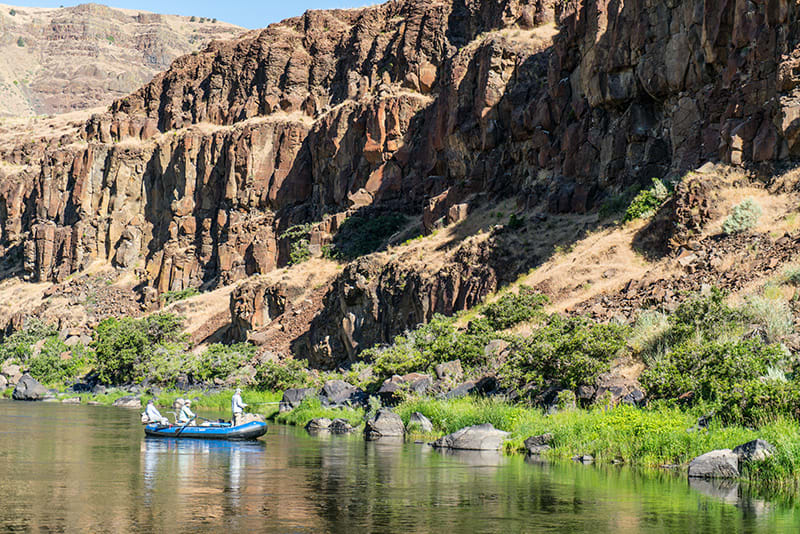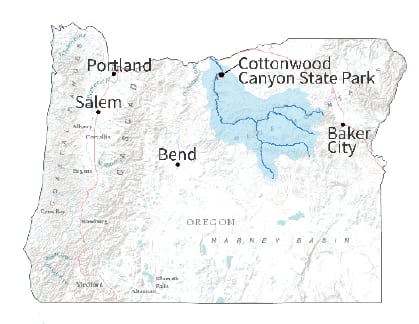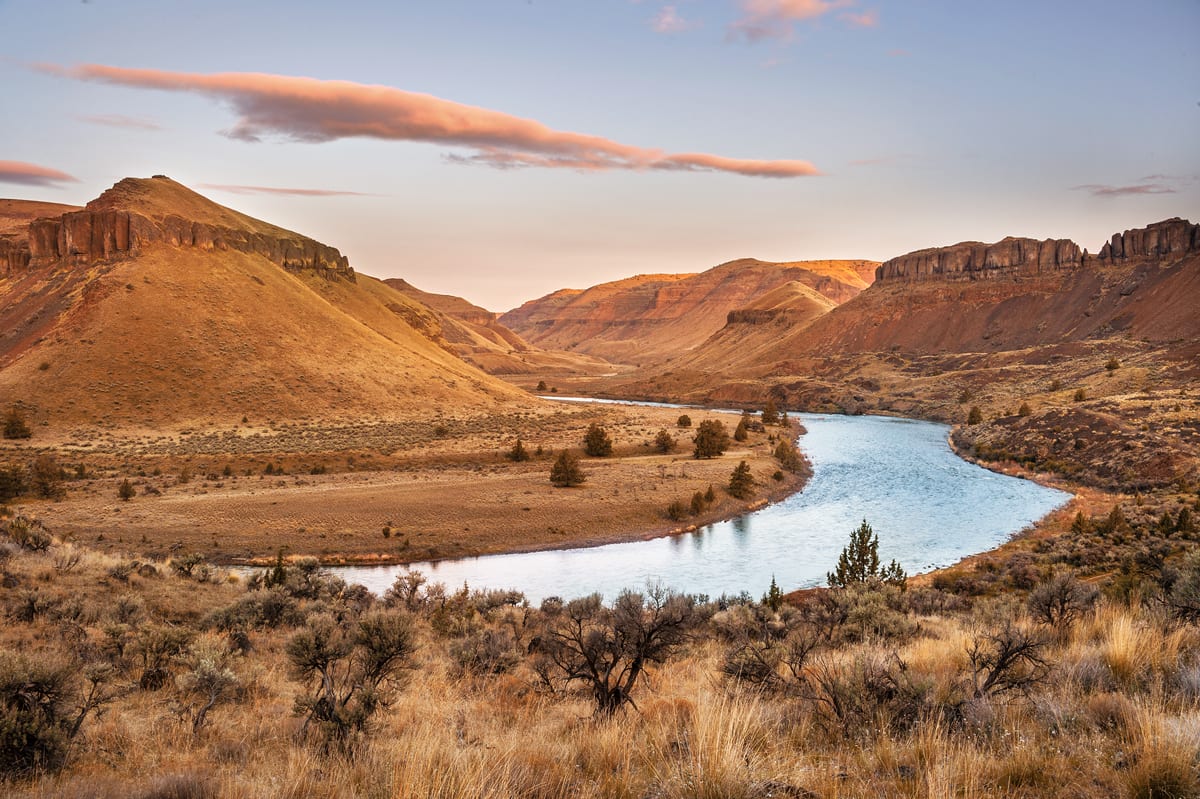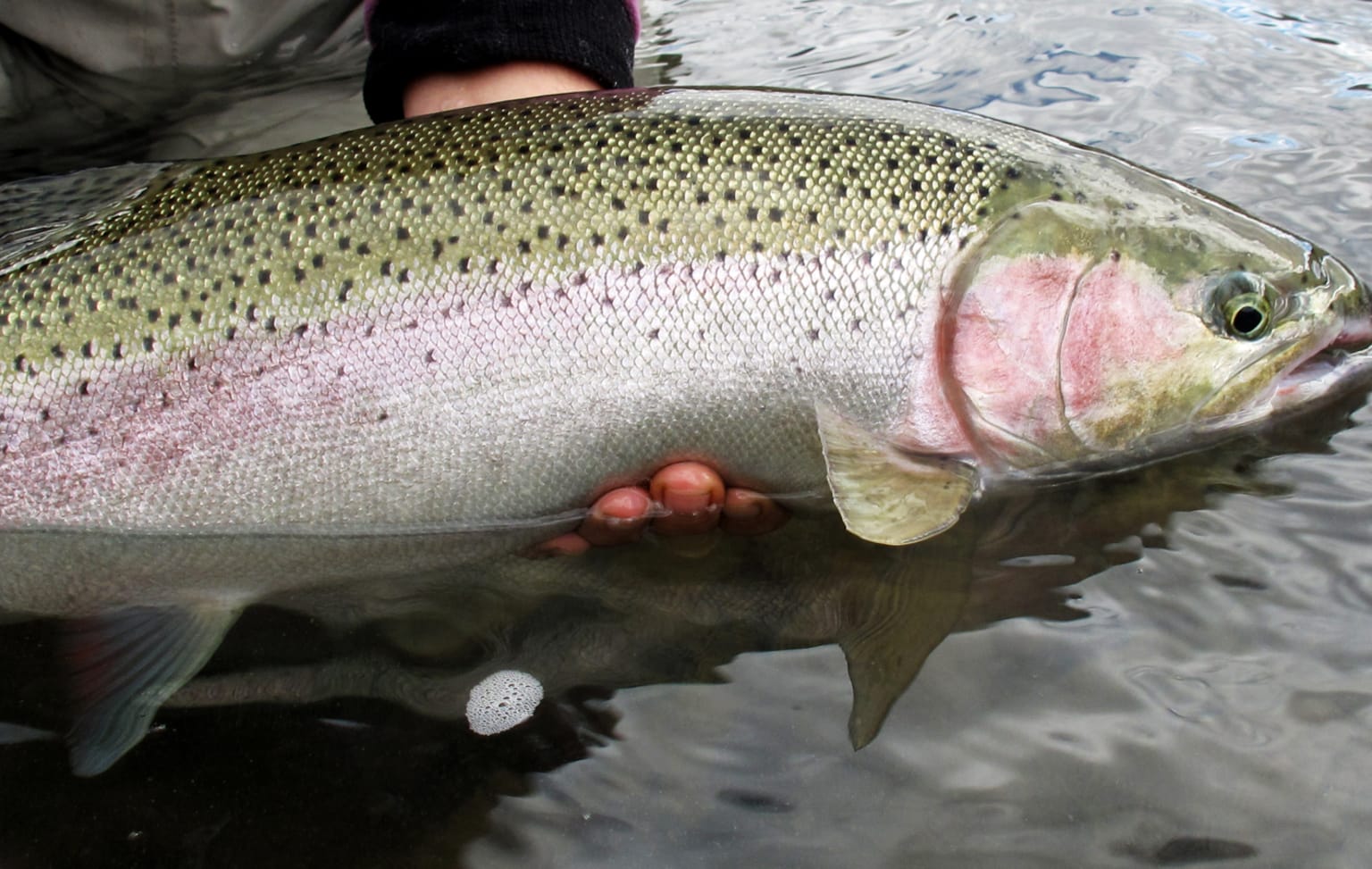
Fish
The John Day’s steelhead have the best chance of recovery of any Columbia Basin fish listed on the Endangered Species Act. The river also has one the region’s most important runs of spring Chinook, as well as native redband rainbow trout and threatened bull trout.
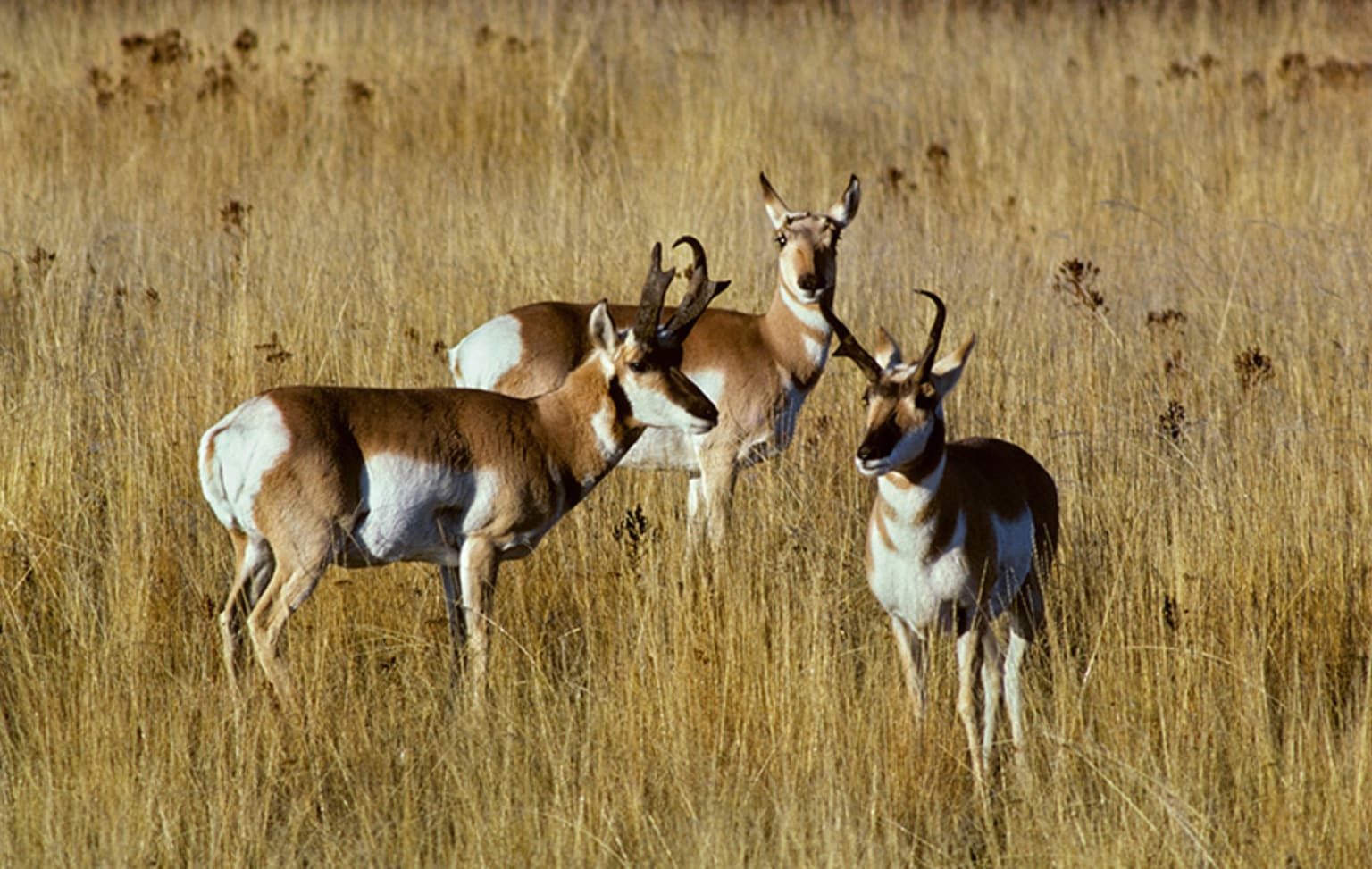
Wildlife
In addition to supporting Oregon’s largest herd of California bighorn sheep, the John Day is home to pronghorn, mule deer, black bear, Rocky Mountain elk, peregrine falcon and golden eagle. Upland game birds include chuckar, pheasant, quail and partridge.
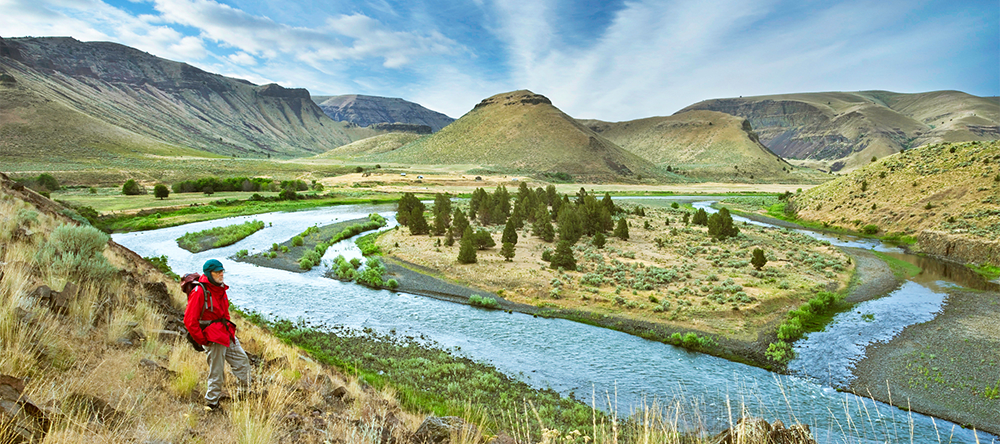
-
Paddle
From the park, float 10 easy miles to Starvation Lane (4 to 6hrs) or 20 miles to McDonald Crossing (overnight). May/June are ideal. Minimal flows: 200 cfs for kayaks, 300 for canoes, 500 for rafts, 800 for drift boats. Learn more at blm.gov/or/permit/.
-
Hike
The state park has roughly 10 miles of hiking trails, most of which are along the river. Spring and fall are ideal. Summers can be brutally hot. Except during storms, winter can be beautiful and quiet, though definitely cold.
-
Fish
The John Day is known for its summer steelhead (best from October through December) and non-native smallmouth bass fishing, ideal in spring and summer. The park offers excellent bank access for both.
The WRC Story
Western Rivers Conservancy has been working for over nine years to conserve the lower John Day River and to protect crucial cold-water tributaries like Thirtymile Creek and Hay Creek. We are currently working to conserve over 20,000 acres at Thirtymile Creek, the most important cold-water tributary on the lower river and a critical site for imperiled summer steelhead. Our effort will also conserve over 12 miles of the mainstem John Day and create the only viable public access to the river along a 70 mile stretch within the Wild and Scenic corridor. Cottonwood Canyon State Park lies at the downstream end and includes 16 miles of the river, 3 miles of Hay Creek and 16,000 acres of protected land.
